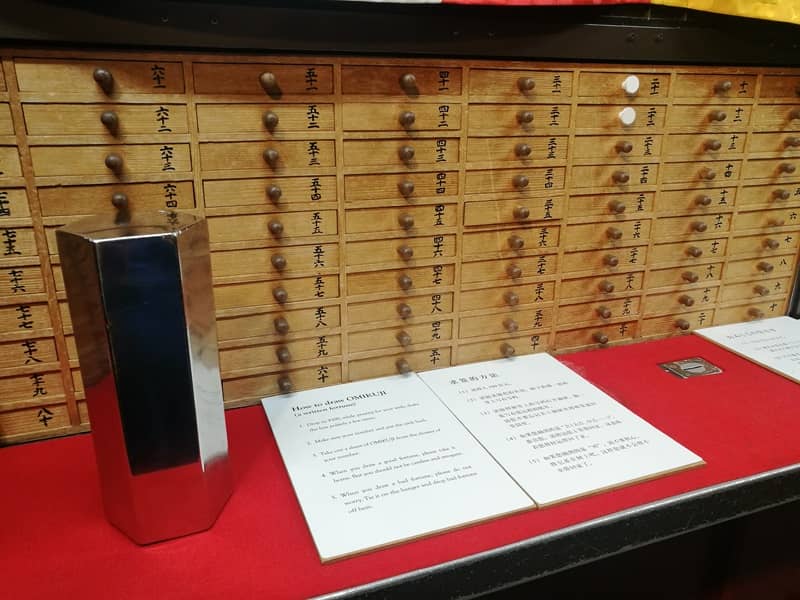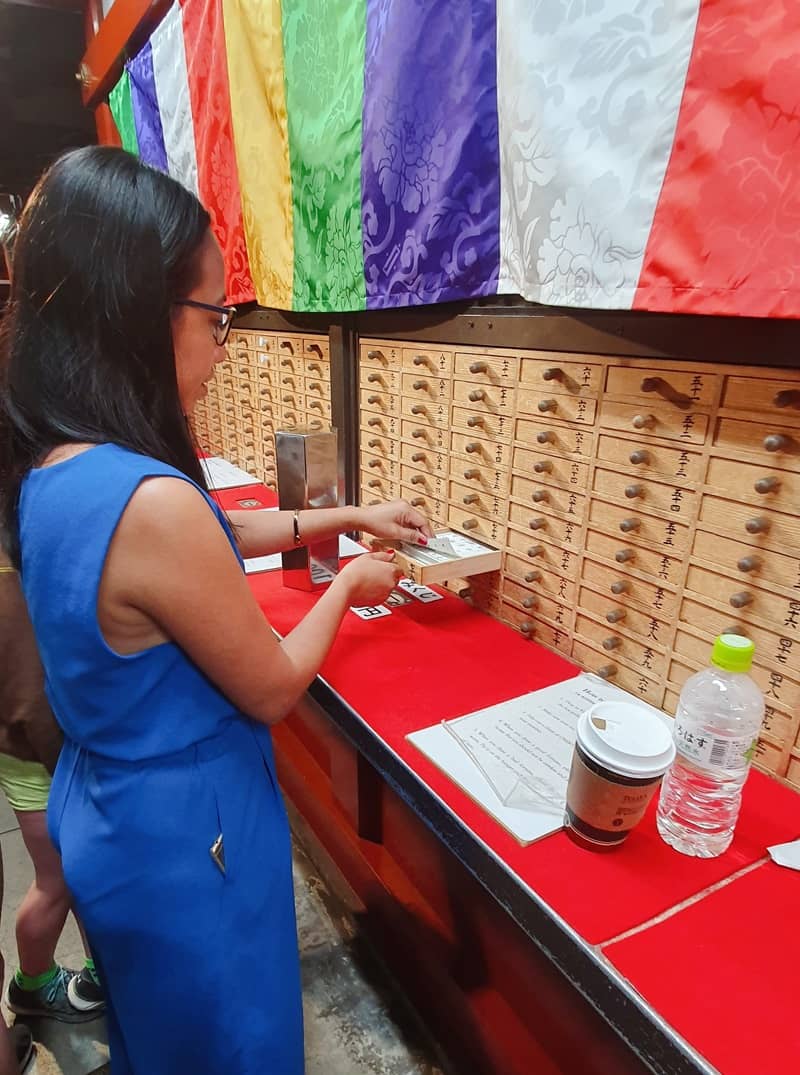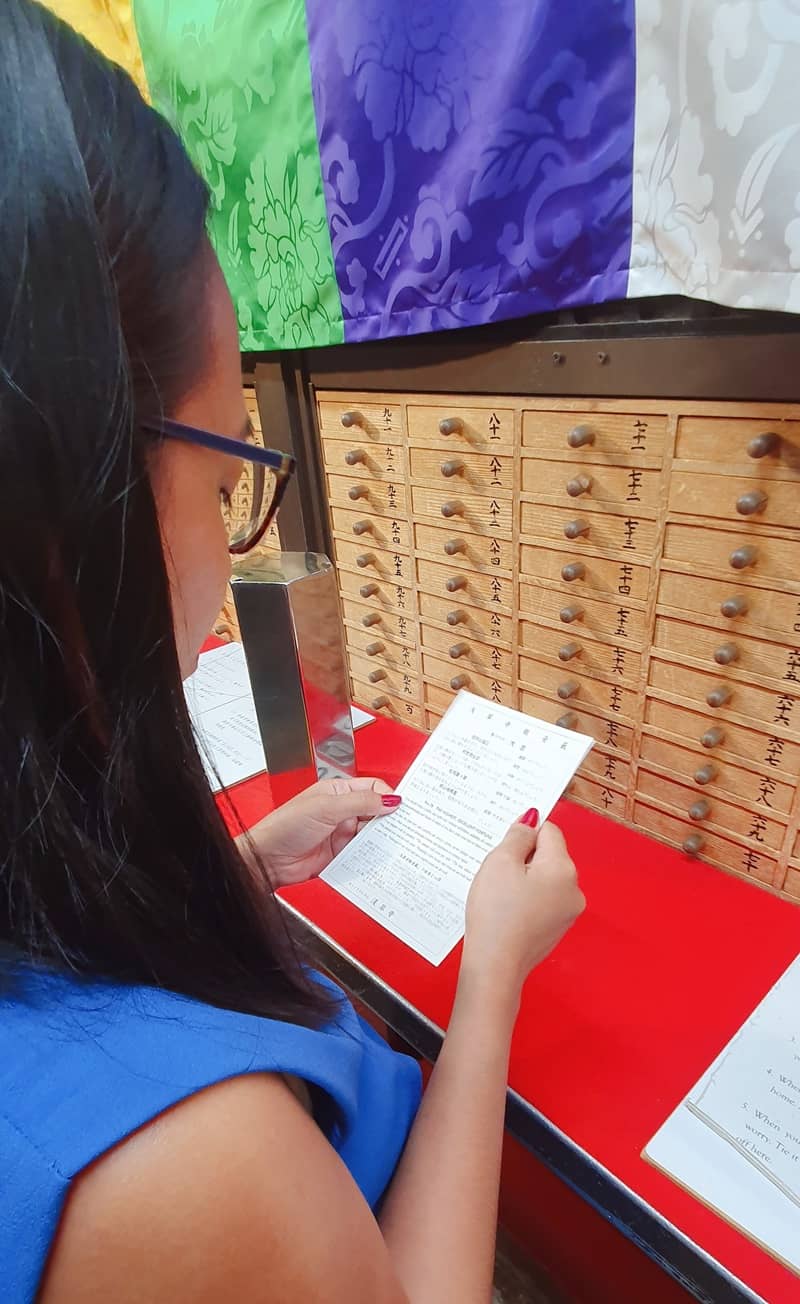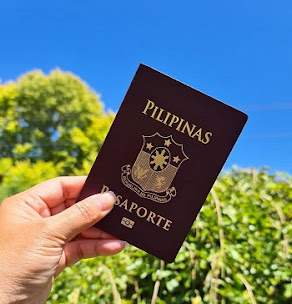 |
| my daughter and her omikuji during her 1st trip to Japan |
If you are interested in Japanese culture, you may have heard of omikuji, the paper fortunes that you can get at shrines and temples. But what is omikuji exactly, and what is its significance?
In this blog post, I will explain the origin, meaning, and practice of omikuji in Japan.
Omikuji literally means "sacred lot" or "divine lottery". It is a form of fortune-telling that dates back to ancient times when people believed that gods and Buddhas could reveal their will through random events. Omikuji are usually written on strips of paper that contain predictions and advice for various aspects of life, such as health, money, love, travel, etc. The paper slips are stored in a hexagonal tube or a wooden box, and people draw one by shaking the container or paying a small fee.
The omikuji sequence commonly used in Japanese Buddhist temples consists of 100 quatrains, each with five characters. This sequence is attributed to Ryōgen, a Heian period monk who was also known as Ganzan Daishi or Jie Daishi. He was said to have received these verses from the bodhisattva Kannon (Avalokiteśvara), the deity of compassion.
The omikuji results are ranked according to the degree of fortune or misfortune they indicate. The most common ranking system is:
- 大吉 (dai-kichi) - great blessing
- 中吉 (chū-kichi) - middle blessing
- 小吉 (shō-kichi) - small blessing
- 吉 (kichi) - blessing
- 末吉 (sue-kichi) - future blessing
- 凶 (kyō) - curse
- 大凶 (dai-kyō) - great curse
Some shrines and temples may have different or additional rankings, such as 半吉 (han-kichi) - half blessing, or 末小吉 (sue-shō-kichi) - future small blessing.
 |
| When receiving a bad fortune, you should tie your omijuki and leave behind the bad luck. |
After drawing an omikuji, people usually read it carefully and see what it says about their fortune. If the result is good, they can either keep it for luck or tie it to a pine tree or a wire rack at the shrine or temple grounds. The idea is that good fortune will be reinforced by being close to the sacred place. If the result is bad, however, they should tie it to a pine tree or a wire rack as well, so that the bad luck will be left behind and not follow them home. The word for pine tree (松, matsu) sounds like the verb 'to wait' (待つ, matsu), so the pun suggests that bad luck will wait there instead of attaching to the person.
Omikuji is not only a way of predicting the future, but also a way of seeking guidance and wisdom from the gods and buddhas. The paper slips often contain suggestions on how to improve one's situation or avoid misfortune, such as praying more, being humble, being careful, etc. Omikuji is also a way of expressing gratitude and respect to the deities who watch over people's lives.
Omikuji is a popular activity all year round, but especially on New Year's Day when many people visit shrines and temples to pray for a good year ahead. Some shrines and temples offer special omikuji for the new year, which may have different shapes or designs. For example, some omikuji may look like animals, flowers, dolls, etc. Some may even have lottery numbers or QR codes on them.
I kept all my omikuji during my first trip to Japan, and they were all stashed safely along with my other travel memorabilia. I am planning to visit Japan soon get my lucky omikuji, and pay gratitude to my favorite temple.
Omikuji is a fun and fascinating aspect of Japanese culture that reflects its rich history and spirituality. If you ever visit Japan, why not try your luck and draw an omikuji at a shrine or temple? You may be surprised by what you find out!





























That's really Interesting
ReplyDeleteLalo if gusto natin matuto ng Japanese Culture and I do love too
Hopefully, you can visit Japan next year, Miss Blair. By the way, thanks for sharing this; travelers and future travelers will really find this helpful.
ReplyDelete